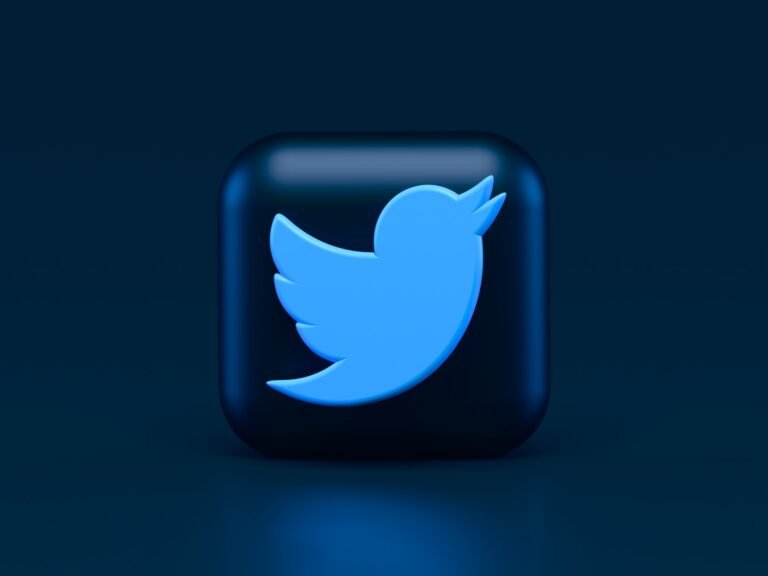Difference between a Personal and Credit Card Loan
Personal loans and credit card loans are both common forms of borrowing money, but they have distinct features and usage scenarios. It’s crucial to grasp the difference between them to make informed financial decisions. In this article, we will delve into the characteristics, advantages, and ideal usage scenarios for personal loans and credit card loans, helping you understand which option suits your needs best.
Introduction
When it comes to financial assistance, personal loans and credit card loans are often sought after. These loans can provide individuals with the funds they need to cover expenses or make purchases. However, it’s essential to recognize the disparities between them to ensure you choose the right borrowing option for your specific circumstances.
Personal Loans
Definition and Features
A personal loan is a fixed amount of money borrowed from a bank, credit union, or online lender. This type of loan typically has a predetermined interest rate, repayment term, and monthly installment. Personal loans are often unsecured, meaning they don’t require collateral, but secured options are available as well.
Application Process
To obtain a personal loan, you usually need to fill out an application form and provide documentation such as proof of income, identification, and bank statements. The lender assesses your creditworthiness based on factors such as credit score, income, and debt-to-income ratio. Once approved, you receive the loan amount in a lump sum.
Interest Rates and Fees
Personal loan interest rates can be fixed or variable, depending on the lender and loan terms. Fixed rates remain constant throughout the loan tenure, providing stability in monthly payments. Additionally, personal loans may include origination fees, late payment fees, or prepayment penalties, so it’s important to review the terms and conditions.
Repayment Terms
Personal loans typically have fixed repayment terms ranging from one to seven years. The borrower repays the loan in equal monthly installments over the agreed-upon period. Repaying the loan on time can help improve your credit score and establish a positive credit history.
Credit Card Loans
Definition and Features
A credit card loan allows individuals to borrow money up to a certain credit limit, which is predetermined by the card issuer. Credit cards provide a revolving line of credit that can be utilized repeatedly as long as the borrower remains within the credit limit. This type of loan is also known as a credit card advance or cash advance.
Usage and Limits
Credit cards are versatile and can be used for various purchases or transactions. The borrower can make purchases at merchants or withdraw cash from ATMs, subject to the credit limit. However, it’s important to note that exceeding the credit limit or making cash withdrawals may incur additional fees.
Interest Rates and Fees
Credit card loans often come with higher interest rates compared to personal loans. The interest charged on credit card balances is usually compounded daily, making it essential to repay the borrowed amount promptly to avoid accumulating excessive interest charges. Credit cards may also have annual fees, late payment fees, and balance transfer fees.
Repayment Options
Credit card loans offer flexibility in repayment. The borrower can choose to repay the entire balance in full each month to avoid interest charges or make minimum payments and carry the remaining balance forward. However, carrying a balance and making only minimum payments can lead to long-term debt accumulation due to high interest rates.
Key Differences between Personal Loans and Credit Card Loans
Understanding the distinctions between personal loans and credit card loans is crucial to select the appropriate option based on your financial needs. Here are the key differences between the two:
1. Purpose and Flexibility
Personal loans are suitable for specific purposes, such as debt consolidation, major expenses, or planned purchases. On the other hand, credit card loans offer more flexibility, allowing borrowers to make various transactions and purchases.
2. Loan Amount and Borrowing Limits
Personal loans generally provide a larger loan amount compared to credit card loans. Credit card borrowing limits are determined by the card issuer and are often lower than the limits offered by personal loans.
3. Interest Rates and Fees
Personal loans typically offer lower interest rates compared to credit cards. Credit card loans, especially cash advances, come with higher interest rates and additional fees, making them costlier in the long run.
4. Repayment Terms and Options
Personal loans have fixed repayment terms, requiring borrowers to make regular monthly payments until the loan is fully repaid. Credit card loans offer more flexibility, allowing borrowers to make minimum payments or repay the full balance each month.
When to Choose a Personal Loan
Personal loans are well-suited for specific situations where larger amounts of money are needed, or specific financial goals need to be achieved. Here are some instances where a personal loan might be the better choice:
1. Major Expenses
If you have planned significant expenses such as home renovations, wedding costs, or medical bills, a personal loan can provide a lump sum that covers the entire expense.
2. Debt Consolidation
If you have multiple high-interest debts, such as credit card balances or outstanding loans, consolidating them into a personal loan with a lower interest rate can help save money and simplify repayment.
3. Lower Interest Rates
If you have a good credit score and can secure a personal loan with a lower interest rate compared to your credit card’s rate, it makes financial sense to opt for the personal loan.
When to Choose a Credit Card Loan
Credit card loans, also known as credit card advances, can be a suitable option for certain situations that require smaller amounts of money or short-term borrowing. Here are some scenarios where a credit card loan might be more appropriate:
1. Smaller Purchases
If you need to make smaller purchases or cover day-to-day expenses, using a credit card loan can provide the necessary funds without requiring a separate loan application process.
2. Short-term Borrowing
If you anticipate repaying the borrowed amount in a short period, such as within a month or two, a credit card loan can offer the convenience of quick access to funds without the need for a personal loan.
3. Rewards and Benefits
Credit card loans may come with additional benefits such as rewards programs, cashback offers, or travel perks. If you can take advantage of these rewards while managing your credit card balance responsibly, it can be advantageous to choose a credit card loan.
Factors to Consider when Deciding between the Two
When choosing between a personal loan and a credit card loan, consider the following factors to make an informed decision:
1. Financial Goals and Needs
Assess your specific financial goals and needs. Determine whether you require a larger lump sum or if smaller, intermittent borrowing is more suitable for your circumstances.
2. Credit Score and History
Your credit score and credit history play a vital role in loan approval and interest rates. If you have a good credit score, you are more likely to secure favorable terms and lower interest rates.
3. Repayment Capabilities
Evaluate your ability to repay the borrowed amount. Consider your monthly income, expenses, and budgeting capabilities. Ensure you can comfortably manage the loan repayments without straining your finances.
Conclusion
Understanding the difference between personal loans and credit card loans is essential to make informed financial decisions. Personal loans offer fixed amounts, lower interest rates, and structured repayment terms, making them suitable for major expenses and debt consolidation. On the other hand, credit card loans provide flexibility, smaller borrowing limits, and higher interest rates, making them more appropriate for short-term, smaller purchases. Consider your financial goals, creditworthiness, and repayment capabilities before choosing between the two







